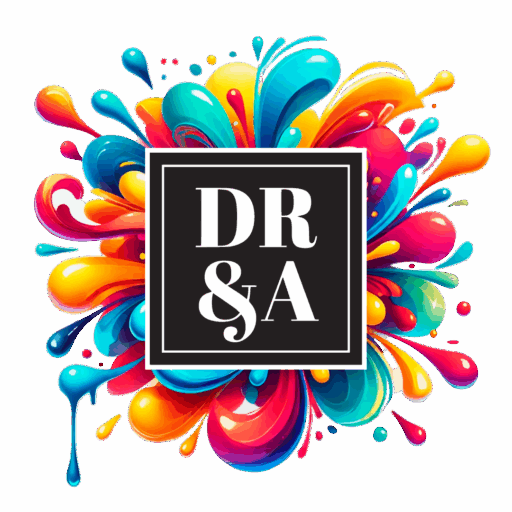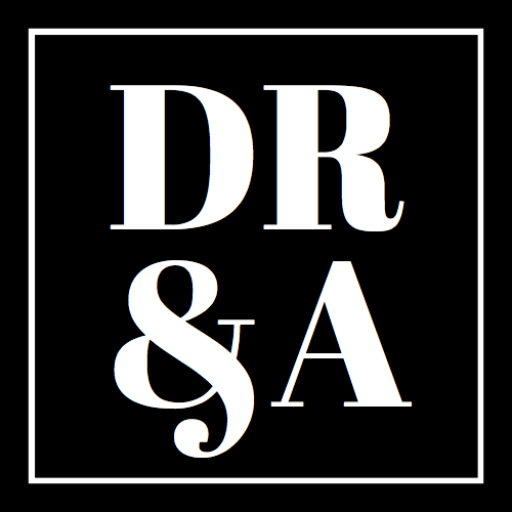What Do I Do If Someone Steals My Content or Brand?
In today’s digital marketplace, your content, branding, and creative output are some of your most valuable business assets. But with fast-moving online platforms and easy access to digital tools, it’s easier than ever for others to copy your work—sometimes unknowingly, sometimes deliberately. Whether you’re a solo creator, startup, or established company, the consequences of unauthorized use can impact revenue and brand equity, and muddy your legal rights.
The good news: there are legal steps you can take to enforce your rights and protect your assets. Below, we outline a clear, actionable roadmap for dealing with content theft or brand infringement—anything from blog posts and product listings to logo copying and website cloning—so you can recapture what makes your business unique.
What Do I Do First If Someone Steals My Content or Brand?
Before you act, gather as much documentation of infringement as possible. This evidence will be critical if the matter escalates or reaches court.
What to collect:
- Screenshots of the infringing material
- URLs and timestamps showing when and where the content appeared
- Copies of your original work with creation or publication dates
- Wayback Machine archives or server logs showing when your content went live
If you’re a content creator or small business, this may be as simple as grabbing screenshots and showing publication dates. For larger businesses, consider having internal teams or digital asset managers periodically monitor and archive published IP.
How Do Copyright and Trademark Law Help Protect My Work?
Copyright Protection
Copyright applies automatically to original creative works (blogs, videos, images, software code, and more) the moment they’re fixed in a tangible form. Registration with the U.S. Copyright Office isn’t required to hold a common law copyright, but it is required to file a lawsuit and to qualify for statutory damages and attorney fees (17 U.S. Code § 411). For creators, this includes blog content, course material, videos, designs, and more. For businesses, this includes websites, internal manuals, ad campaigns, app interfaces, etc.
Trademark Protection
Trademarks protect branding elements that identify your goods or services, such as names, logos, slogans, or packaging. You get limited, geography-bound common law rights by using the mark in commerce, but registration with the USPTO gives you nationwide priority and a stronger legal position. For small businesses, a trademark registration is especially useful when scaling or licensing. For mid-size and enterprise brands with lots of organic visibility, it’s essential for defending against brand dilution and copycat competitors.
How Does a DMCA Takedown Notice Help with Infringement?
One of the fastest ways to remove infringing content from the internet is to file a Digital Millennium Copyright Act (DMCA) takedown notice. This is a legal request asking a website host, search engine, or platform to remove unauthorized content.
Key components of a valid DMCA notice:
- Identification of your original copyrighted work
- Specific location (URL) of the infringing content
- A good faith belief that use of the material is unauthorized
- Your contact information and signature (digital or physical)
Where to send it:
Each major hosting provider or platform (like YouTube, Shopify, or Amazon) lists a DMCA agent. Look for the “Legal” or “Copyright” section of their site.
For international hosts:
DMCA compliance may vary outside the U.S., but many global platforms will still act on a properly drafted notice.
What If the Infringer Files a DMCA Counter-Notice?
After a takedown, the content may be restored if the alleged infringer submits a valid counter-notice. This shifts the burden back to you to file a lawsuit within 10–14 business days to prevent the content from being republished.
This is where businesses often need legal counsel, especially if there’s a commercial stake involved or you’ve already invested resources in protecting your brand.
Should I Send a Cease and Desist Letter to the Infringer?
A cease and desist letter is a formal demand that the infringing party stop their unauthorized use. This is often the first step when dealing with:
- Direct competitors copying your branding or website
- Content theft that falls outside DMCA reach (e.g., behind a login wall or offline infringement)
- Trademark infringement that damages your brand identity
- Repeat violators who ignore initial informal outreach
What to include:
- Clear identification of the infringing conduct
- Proof of your ownership
- A clear outline of your legal basis
- Demand for removal or cessation
- Timeline for compliance
- Consequences if ignored (e.g., legal action)
A demand letter may lead to content removal or a compulsory (forced) licensing agreement. It also preserves good will and is important proof of attempted resolution prior to escalating the matter to court.
What About Licensing as a Resolution?
In some cases, especially when the infringer isn’t acting maliciously, converting the infringement into a paid licensing deal is a smart move.
- This lets the other party continue using the content or branding under agreed terms.
- You gain recurring revenue and avoid litigation.
Licensing is particularly useful when the infringing party is driving traffic or attention to your brand (think: viral repurposing or influencer misuse) and is open to a business relationship.
Do I Need to Register Copyrights or Trademarks Before Enforcing My Content Rights?
Not technically—but yes, if you want strong legal remedies.
- Copyright registration is required to file a lawsuit and access statutory damages (up to $150,000 per work) and attorney fees (17 U.S.C. § 504).
- Trademark registration provides nationwide rights, prevents others from registering similar marks, and helps with enforcement on platforms like Amazon and Etsy.
Why Proactive IP Enforcement Matters
Failing to enforce your rights weakens your legal position over time. Courts may assume you’ve abandoned your rights (especially for trademarks) if you allow ongoing infringement to occur.
Key benefits of policing and regular enforcement:
- Deters future infringement
- Preserves your claim to exclusive rights
- Enhances brand value and investor confidence
- Reduces legal risks in M&A, licensing, and partnership deals
Recap: What Should I Do to Save My Content or Brand From Infringement?
If your content or brand is being used without your permission, take action quickly. First, document the infringement. Next, consider which enforcement method fits the situation: DMCA, cease and desist, licensing, or litigation. And always remember that registration strengthens your legal position before problems arise.
At Daniel Ross & Associates LLC, we help both content creators and businesses enforce their IP rights. If you need to draft a takedown notice or demand letter, negotiate a licensing deal, or sue for infringement, we bring expertise, strategy, and creative legal solutions to the table.
Need help enforcing your copyrights or trademarks? Schedule a consultation today and let’s talk through it.


